Table of Contents
- What is AshCrete?
- What is Ashcrete made from?
- What is Fly Ash?
- Two Types of Fly Ash Used for Concrete
- Advantages of Using AshCrete
- What is Ashcrete mixed with?
- Using Ashcrete reduces water waste
- Reduced Permeability
- Stronger Resistance to Chemical Reactions
- Is Ashcrete good for the environment?
- Disadvantages of Using AshCrete
An innovative breakthrough resulted from incorporating fly ash into concrete, producing what is called the AshCrete. This powerful combination results in improved workability, finish, cohesiveness, durability, and strength.
What is AshCrete?
The so-called AshCrete also solves numerous problems that people experience with traditional concrete before. This article will discuss AshCrete in greater detail, including its material composition, advantages, and disadvantages.
In which country is Ashcrete most used?
It is not a widely used substance, so the US has the most homes.
What is Ashcrete made from?
AshCrete is a substitute for traditional concrete that relies on the use of fly ash. Composed of about 97% recycled materials, this alternative is made from fly ash, borate, bottom ash, and a certain chemical from the chlorine family. For construction purposes, this product is known for its remarkable strength, having roughly twice the strength of Portland cement.
What is Fly Ash?
Fly ash is not a single material, but a group of related materials that significantly vary in composition. It is the residue extracted from burning coal, collected using electrostatic precipitators or baghouses.
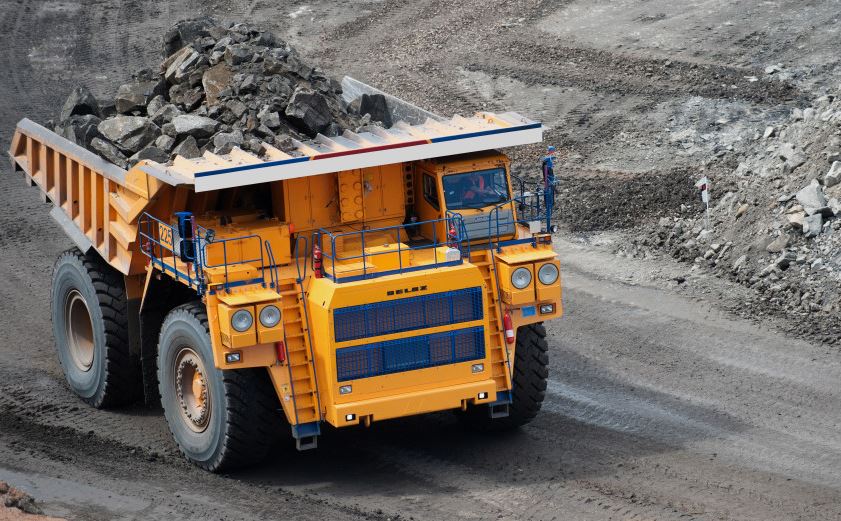
The substance mixes with flue gases that powdered coal emits while producing electrical power. Since the oil crisis during the 1970s, the demand for coal has significantly increased, lowering its general cost. This explains why many got curious about whether it can be used as a cement substitute in making concrete or not.
Two Types of Fly Ash Used for Concrete
Although fly ash is used in numerous products, there are two main types of fly ash used for concrete – Class C and Class F. Here is a brief explanation for each one of them:
•Class C Fly Ashes – high-calcium fly ashes with less than 2% carbon content. They are produced by burning lignite coals and become hard when exposed to water.
•Class F Fly Ashes – low-calcium fly ashes with 5-10% carbon content. These ashes are produced from anthracite or bituminous coals. Unlike Class C, these fly ashes don’t get any reaction when exposed to water.
Advantages of Using AshCrete
The most notable advantage you get from using this product is the reduced permeability to aggressive chemicals and water. Since the product is properly cured, you can expect AshCrete to have smaller pores, resulting in better strength and permeability. Here are the advantages you get from utilizing AshCrete in your projects.
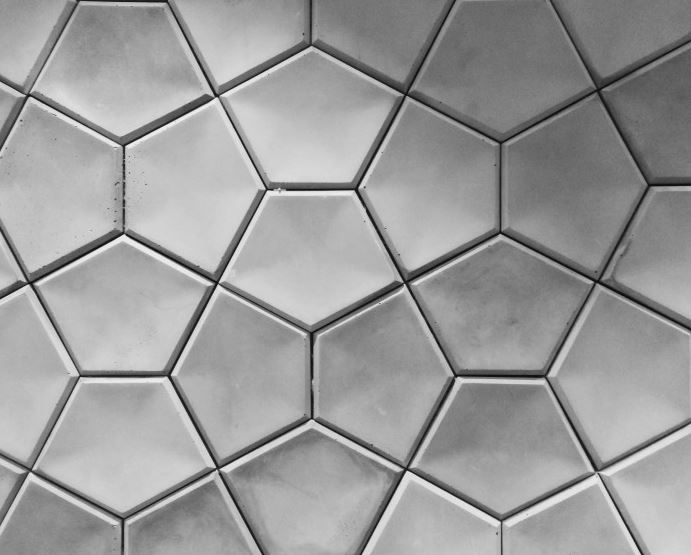
What is Ashcrete mixed with?
Because of AshCrete’s spherical particles, less water is needed during the mixing process of concrete. This results in better workability by letting the user create sharp edges and corners with remarkable surface appearances. Moreover, filling in intricate patterns and shapes is much easier.
Using Ashcrete reduces water waste
By reducing the required amount of water in the mixture, the concrete produced becomes much stronger. Furthermore, less reactive particles allow significant hydration to ensue for longer which leads to a tougher result compared to traditional concrete.
As it is more eco friendly, it has been used in the making of Magic Green Homes.
Reduced Permeability
A high permeability rate is one of the main causes of premature failure in concrete projects. The fine particles comprising AshCrete reduces segregation and bleeding, improving finishing even in lean mixes.
Stronger Resistance to Chemical Reactions
Due to the reduction of calcium oxide when creating this product, it becomes less prone to chemical reactions including the alkali-aggregate reaction. Certain properties of AshCrete also protect from chloride penetration, one of the leading causes of corrosion. Additionally, concrete incorporated with fly ash performs better than plain concrete in shrinkage tests.
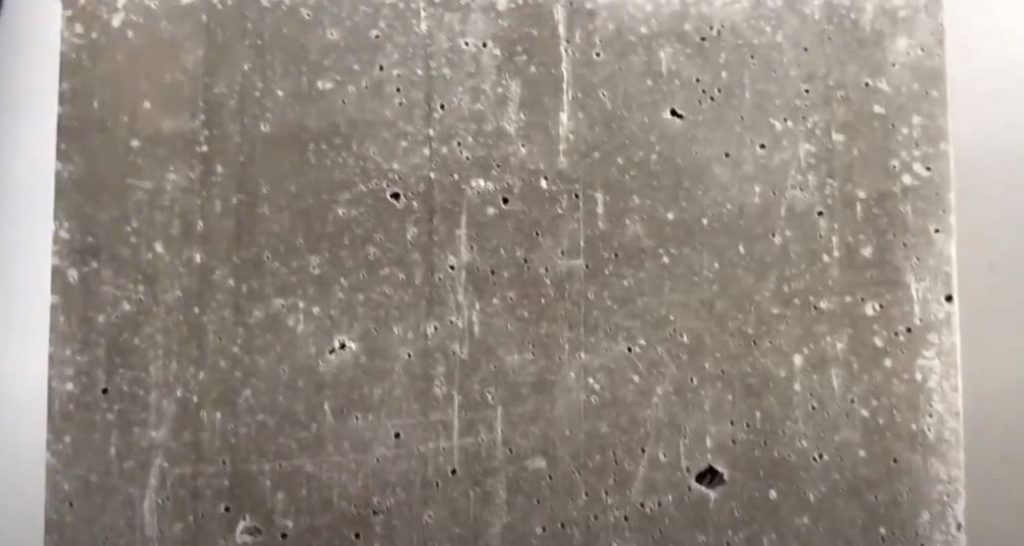
Is Ashcrete good for the environment?
Producing concrete from scratch is an energy-intensive process. Estimates also state that concrete production contributes roughly 8% of greenhouse gas emissions globally. Things may get out of hand soon unless a green option is discovered to help counteract this issue.
Fortunately, AshCrete may just be the green solution we are looking for. It can curb carbon emissions simultaneously while developing improved and stronger infrastructures. We offer this service too, find out more at about us.
This lessens the need for rebuilding a lot. On top of that, a certain study proved that fly ash bricks possess the ability to store carbon dioxide from the air, providing another green benefit.
Disadvantages of Using AshCrete
Even the greatest innovations are not free of controversies, including AshCrete. One potential disadvantage is the increased chances of health risks since fly ash is derived from coal. Even in its raw form, coal contains high amounts of toxins and heavy metals that could be dangerous. Here are some disadvantages of using AshCrete.
What is fly ash and How is it harmful?
The Environmental Protection Agency (EPA) is still unsure whether to classify fly ash products as hazardous or not.
Is fly ash bad for your health
Even though the agency stated that a classification won’t affect fly ash significantly, some observers from construction industries have remained skeptical. So there is a fly ash health risk.
Fly Ash bricks
It is still unsure whether it is safe to live inside an infrastructure made of coal. Until now, the safety of incorporating fly ash into concrete is intensely debated. The use of AshCrete will continue to cause possible health risks until the questions are answered. Fly ash in concrete has advantages and disadvantages.
Slower Strength Gain
Concrete transforms from liquid to solid in just a few hours after pouring, but the time it takes to cure may take longer. In general, concrete continues its strengthening process for weeks after the initial setting period.
While it is previously mentioned that the less water requirement of AshCrete produces stronger results, this comes at the cost of slower strength gain. Adding fly ash into the concrete mixture increases the time it takes for it to reach its maximum strength. This may cause unwanted delays during construction.
Seasonal Limitations
Winter seasons are generally problematic for concrete projects, utilizing mixtures of high fly ash content will make matters worse. Low temperatures increase the overall setting time and slow the strength gain process.
By adding fly ash into the formula, you intensify these issues more, possibly causing longer delay times. Some places and regions even have restrictions or bans on the use of fly ash during the cold months.
Conclusion
The innovative breakthrough called AshCrete is produced by incorporating fly ash into the concrete formula. Doing this gives numerous benefits, including improved workability, finish, cohesiveness, durability, and strength.
Although the use of AshCrete comes with some disadvantages, the advantages outweigh them. If you desire to achieve stronger results at the cost of increased curing time, you won’t go wrong in using AshCrete for your projects.

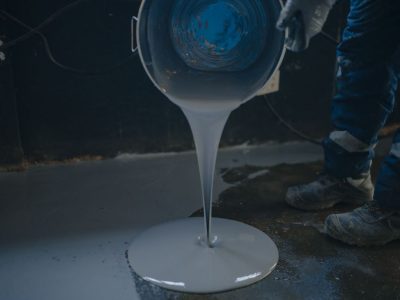
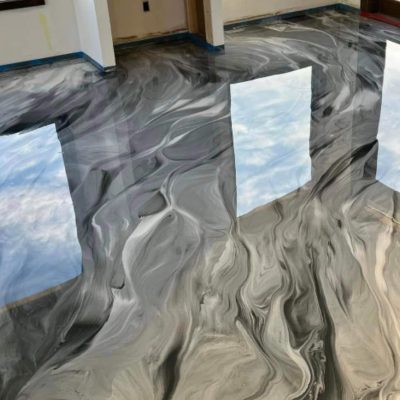

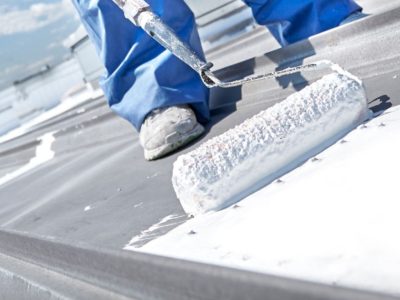
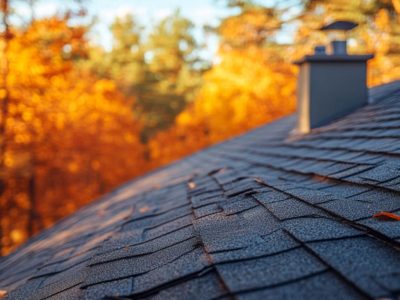
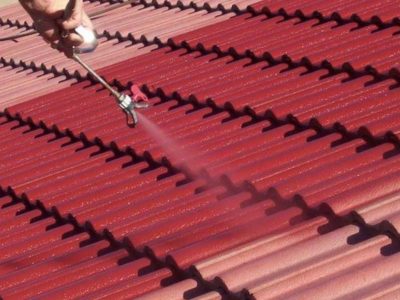

Comments